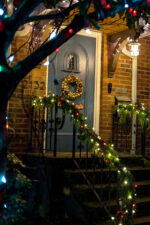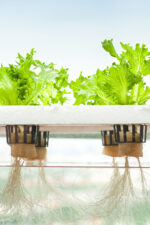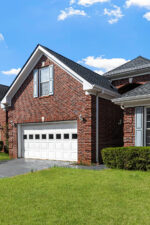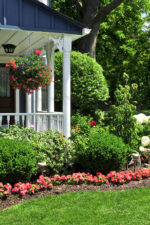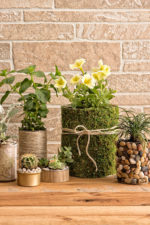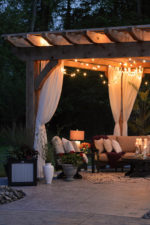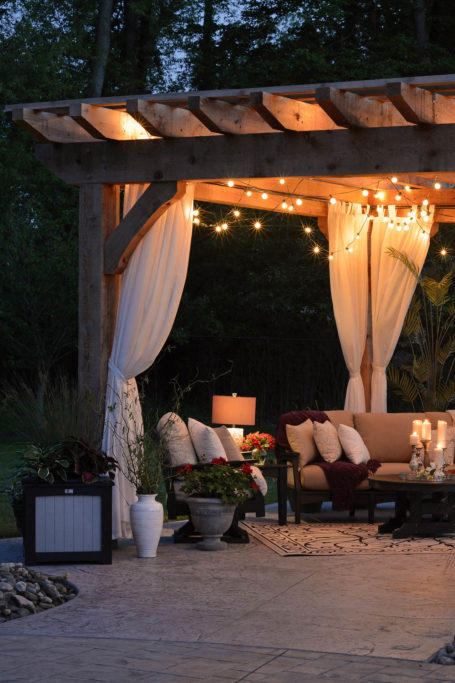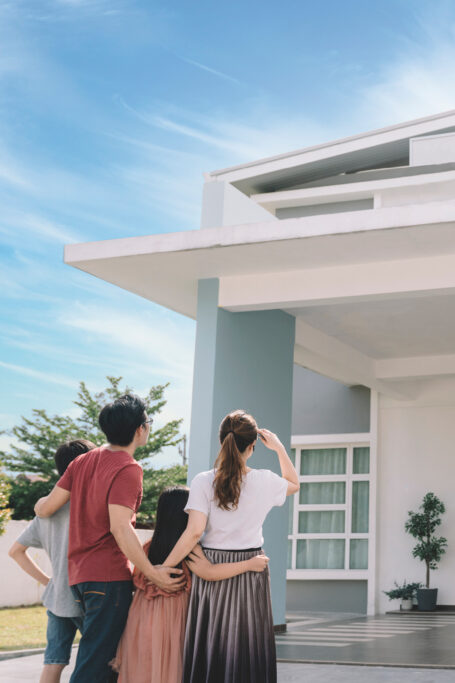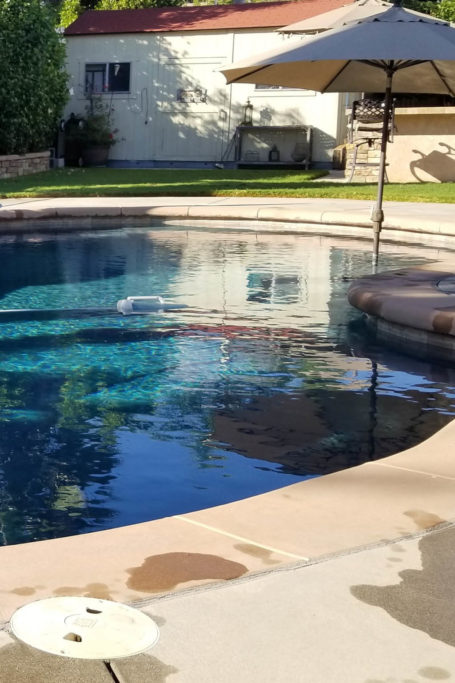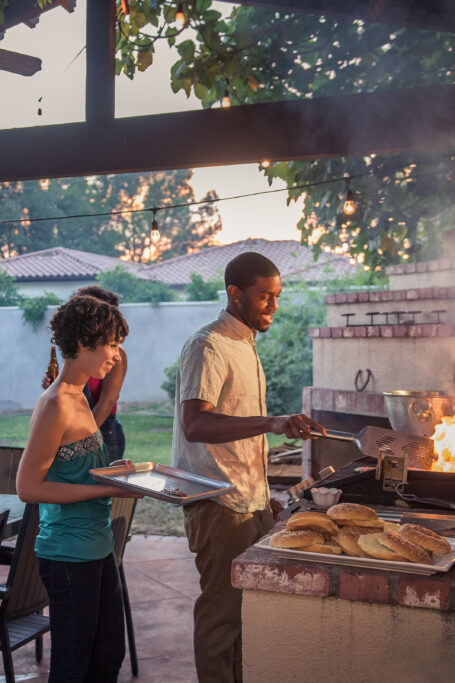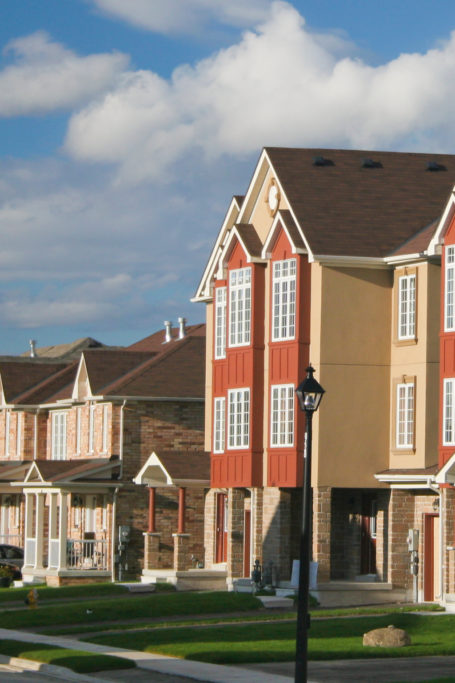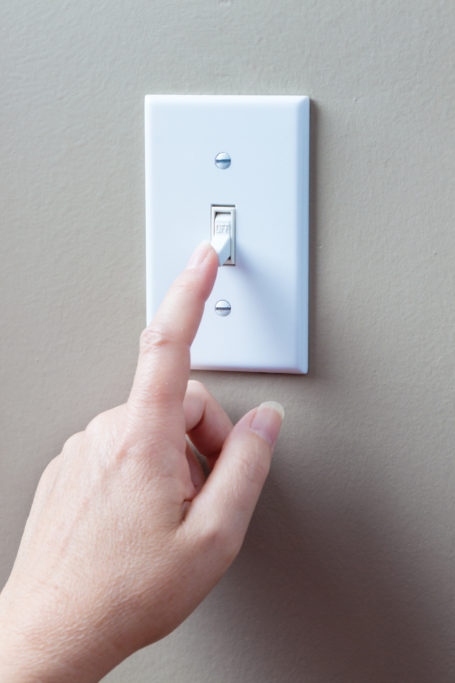Regional Eco-Friendly Curb Appeal Tips
Whether you want to give your outdoor space a simple face-lift or are interested in a complete revamp, there’s nothing better for your yard—and the environment—than eco-friendly garden, lawn, and landscaping practices. Keep in mind that weather can fluctuate between and within seasons, so, depending on your region, it may necessitate different types of plantings and decor. Some projects will likely be short-term, while others may take longer. However, wherever you are and whichever project you pick, you’re sure to end up with a yard that will dazzle.
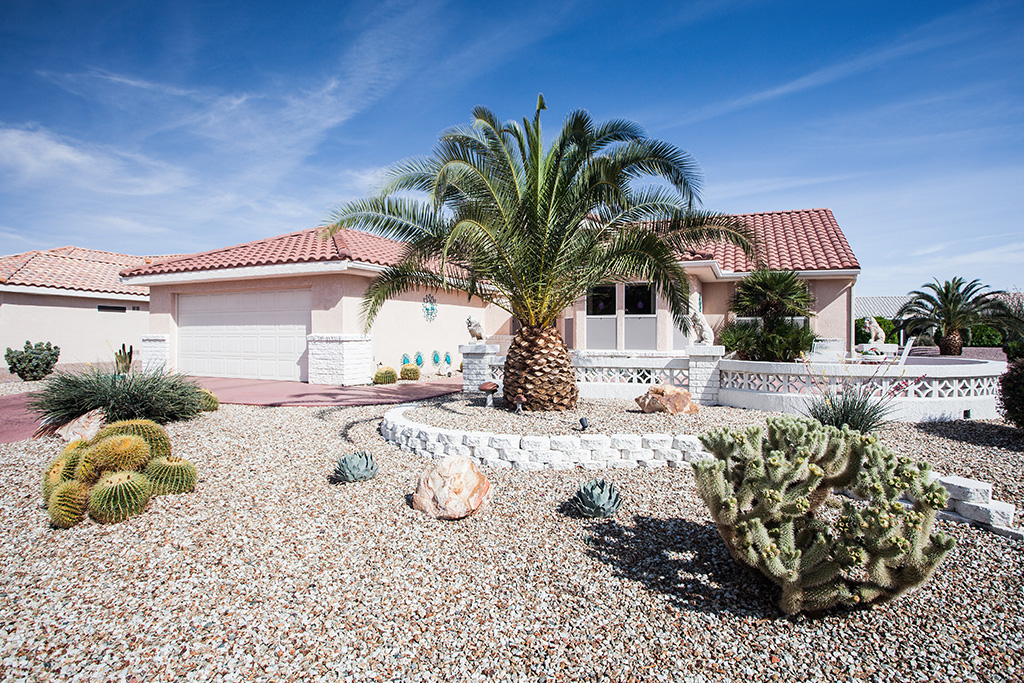
The West
Certain areas in the West, like Colorado, tend to have heavy, clay-like soil, making it difficult to irrigate. As a result, additional systems are often needed to conserve water and other natural resources. In addition, places such as Arizona and the deserts of California experience temperatures exceeding 100 degrees during summer, which leads to ongoing droughts that are nearly impossible to protect a yard from. However, there are several eco-friendly ways you can improve your curb appeal while also responsibly landscaping.
Lawn
If you live in an extremely hot and dry climate, you can conserve water by using drought-tolerant seeds and sod. Even during the most difficult times of the year, they can help keep your lawn looking healthy and green no matter how little water it gets. You can also opt for a more sustainable lawn by replacing traditional green grass with native ornamental grass, turf, moss rock edging, or ground cover.
Flowers and plants
If you love colorful flowers, enhance your curb appeal by planting hearty perennials, like the small-flowered penstemon. Available in a variety of eye-catching colors, this flower can withstand extreme weather conditions. Plant several in your garden beds or in pots placed by your front door or curb. You could also consider planting succulents, which come in a range of shapes and sizes. If you prefer more plant-like vegetation, opt for ones like the desert spoon, a sculptured, spiky plant that can add a striking pop of green by the corner of your home.
Xeriscaping
For a truly avant-garde look, ditch tradition entirely and try xeriscaping, a form of landscaping that focuses on sustainable principles. Using drought-tolerant plants, gravel, sand, mulch, and other permeable hardscapes, this method helps with water conservation, soil improvement, and irrigation. It’s a great way to obtain a stunning yard that also works perfectly with your environment.
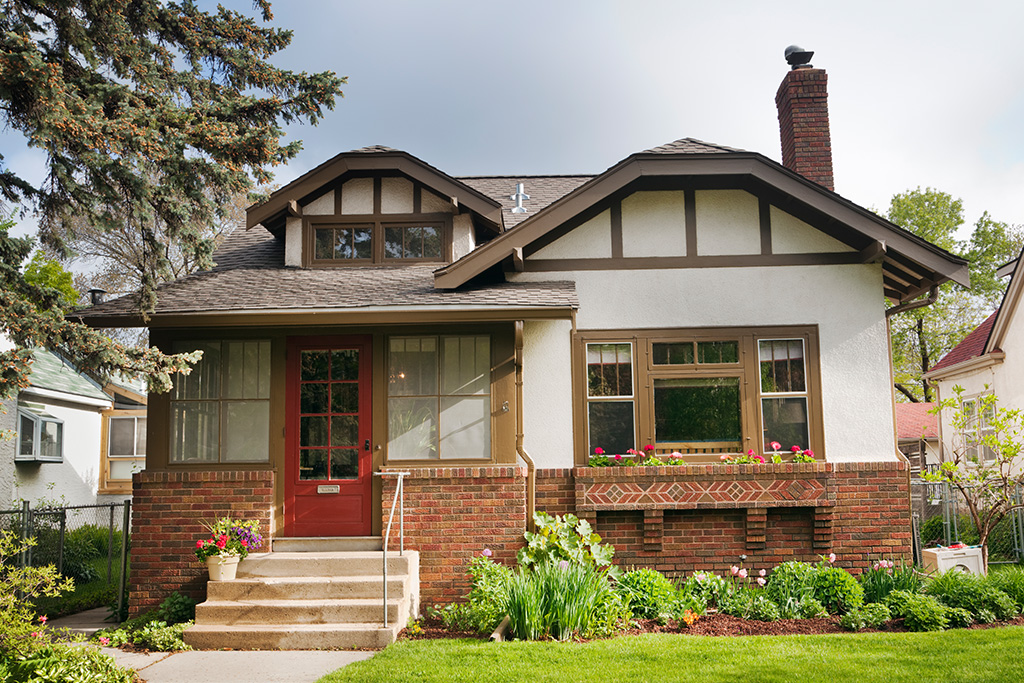
The Midwest
This region of the country experiences all types of weather, ranging from hot and humid conditions to cold, snow, and wind. However, an attractive, sustainable exterior that can withstand such fluctuations in weather is certainly attainable.
Decorative elements
Placing garden art, such as sculptures or statues, spherical orbs, or metal garden stakes, around your property is a great way to create a visually pleasing, sustainable front yard that requires no water, fertilizer, or insecticides.
Water conservation
Beef up your home’s curb appeal and reduce your watering by intentionally diverting water in your yard. One option is adding a swale—a shallow ditch—to your landscape design. It not only helps with water management but also promotes natural irrigation. Other options include adding a retaining wall or terrace garden.
Wildlife garden
If you love having wildlife around your home, consider constructing a butterfly, wildflower, or meadow garden. Such a garden can give your yard a dimension of color along with beautifully manicured landscaping. It also reduces the use of fertilizer and pesticides and provides water, food, and shelter for wildlife such as bees, birds, and ducks.
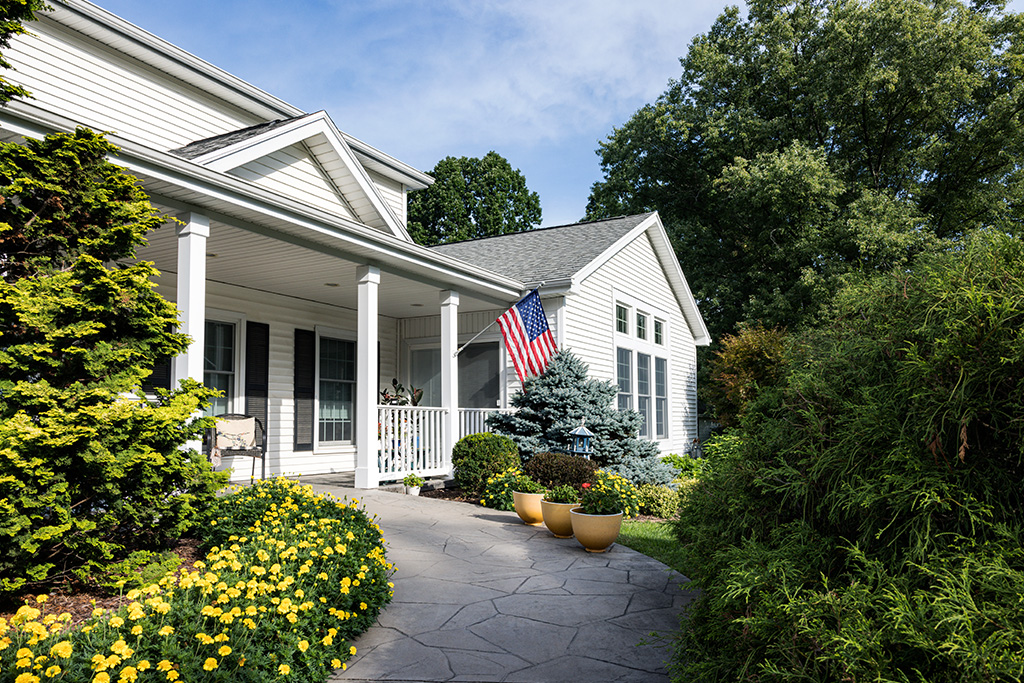
The Northeast
Keeping your curb appeal up to snuff can be difficult in this part of the country due to the constant change in temperature and various types of precipitation. On the plus side, being in a four-season climate allows you to diversify your landscaping and add eye-catching elements to your home’s exterior.
Hardscaping
Brown lawns, dormant shrubbery, and leafless trees are inevitable during Northeastern winters, but there are ways to keep your home’s exterior attractive year-round while embracing eco-friendly practices. For example, consider replacing portions of your traditional lawn with a walkway to your front door, a terrace, or a garden path made of stone pavers, bricks, or tiles.
Plants and flowers
A four-season climate has its advantages, including a greater variety of available seasonal plants and flowers. However, if you want to enhance your garden and curb appeal, think about sustainability when planting for each season. Trees and plants that are indigenous to your region are often the most eco-friendly.
Vertical garden
This type of sustainable gardening has been gaining popularity, especially among city dwellers. Even without a front yard, you can create a lovely entryway by hanging garden pots or building a trellis that fosters attractive vine growth. Flowers, fruits, and vegetables can also flourish in these gardens. As a bonus, the oxygen released by the plant growth can lead to an improved living environment.
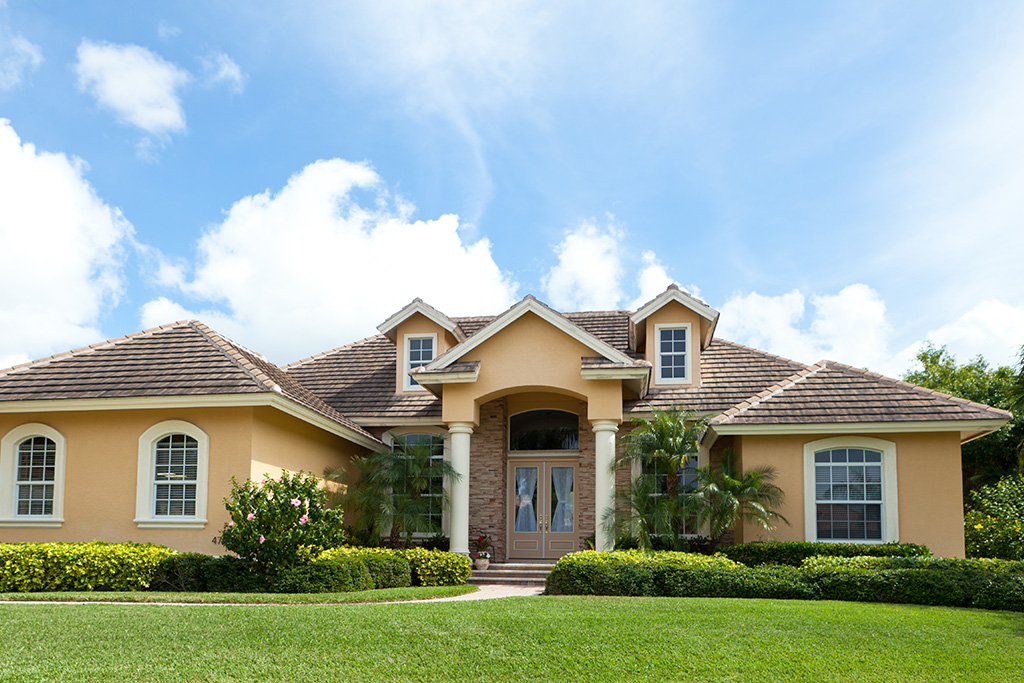
The South
Although the South experiences more rainfall and higher temperatures during various times of the year compared to other regions, it can also experience severe drought-like conditions, which makes it challenging to keep your plants and flowers healthy. With a little creativity, though, you can boost your curb appeal during these dry spells and conserve water and energy.
Trees
Did you know you can save energy by strategically planting deciduous trees like birch, maple, and oak around your home? Doing so on the west or south side of your property can provide shade year-round, reducing the energy used to cool your home in summer and heat it in winter. Plus, trees can add tremendous beauty to your home’s exterior.
Rocks and permeable hardscapes
A traditional lawn often requires a lot of care and resources. It not only taps into the water supply but can also hurt the environment by requiring fertilizer and pesticides. Instead, reduce your overall lawn area by replacing part of it with river rocks, concrete pavers, or decomposed granite.
Solar-powered landscape lighting
Make your home safer for guests by adding sustainable lighting to the path leading up to your front steps. You can even illuminate your shrubs, trees, or rock gardens to create a welcoming, attractive appearance to your home’s exterior.
No matter where you live in the country, always take care to support your local ecosystem. Be judicious when watering your plants and lawn, and, when possible, use sustainable systems and local materials to reduce your carbon footprint while still achieving your desired look.

